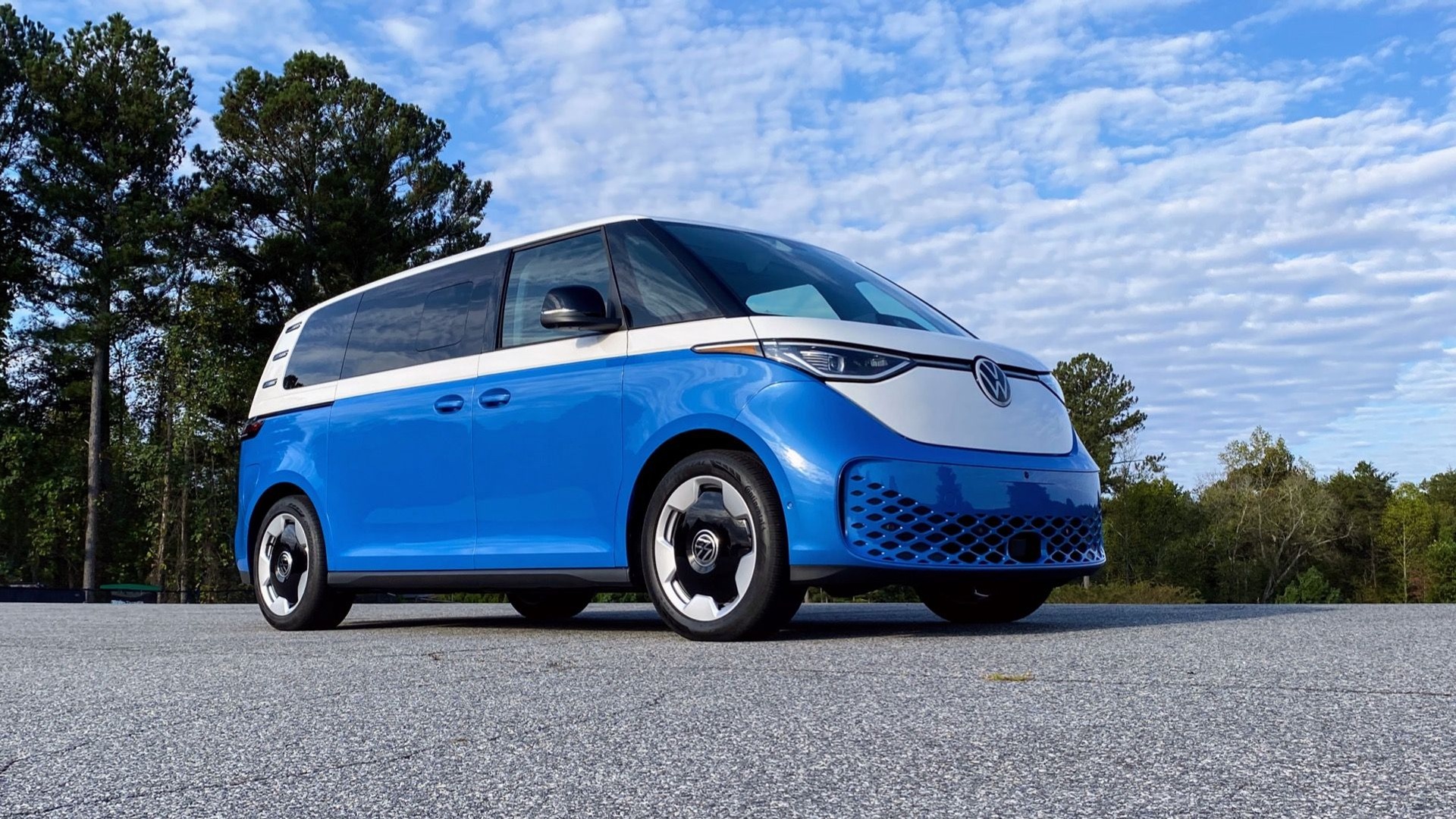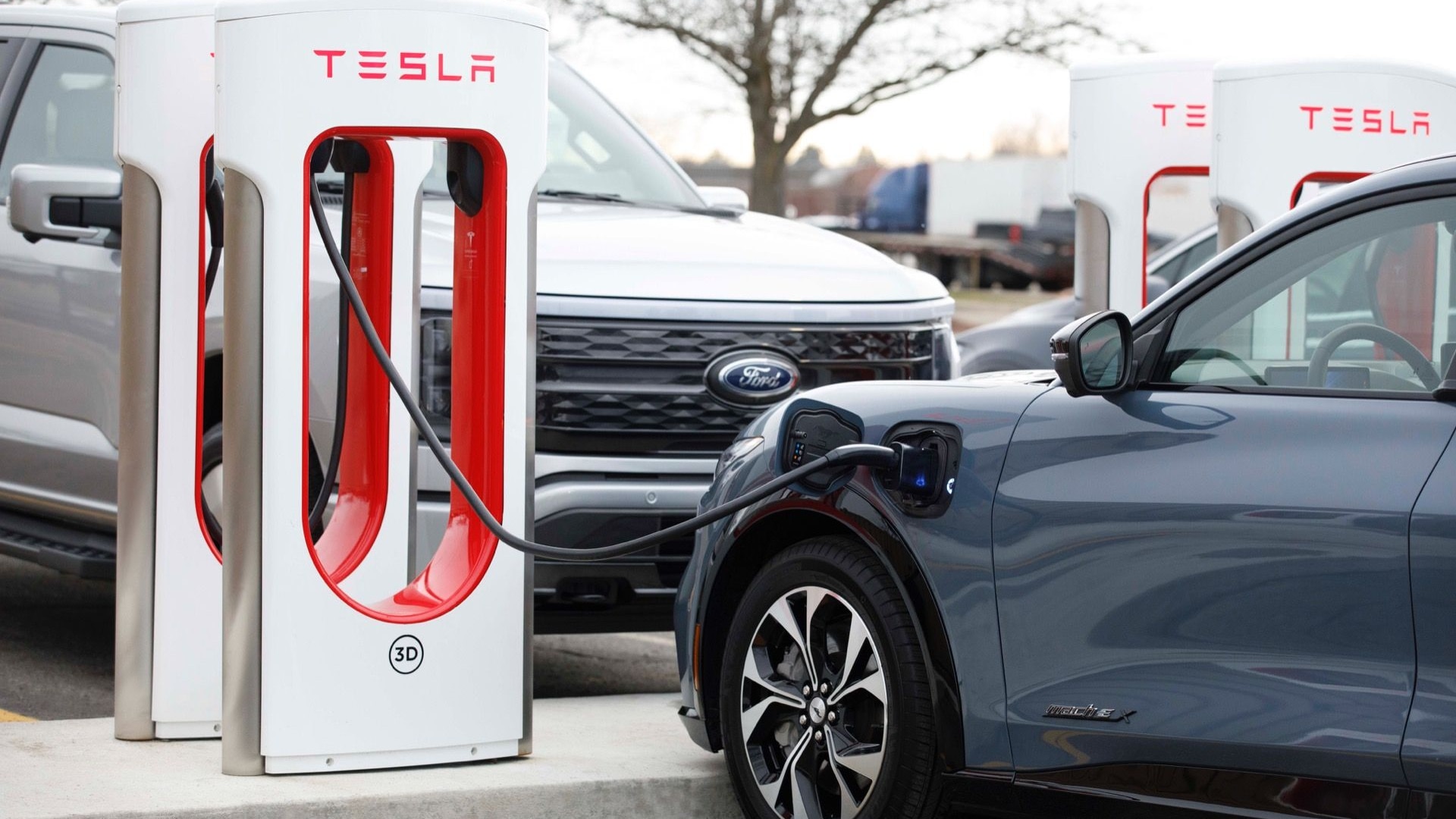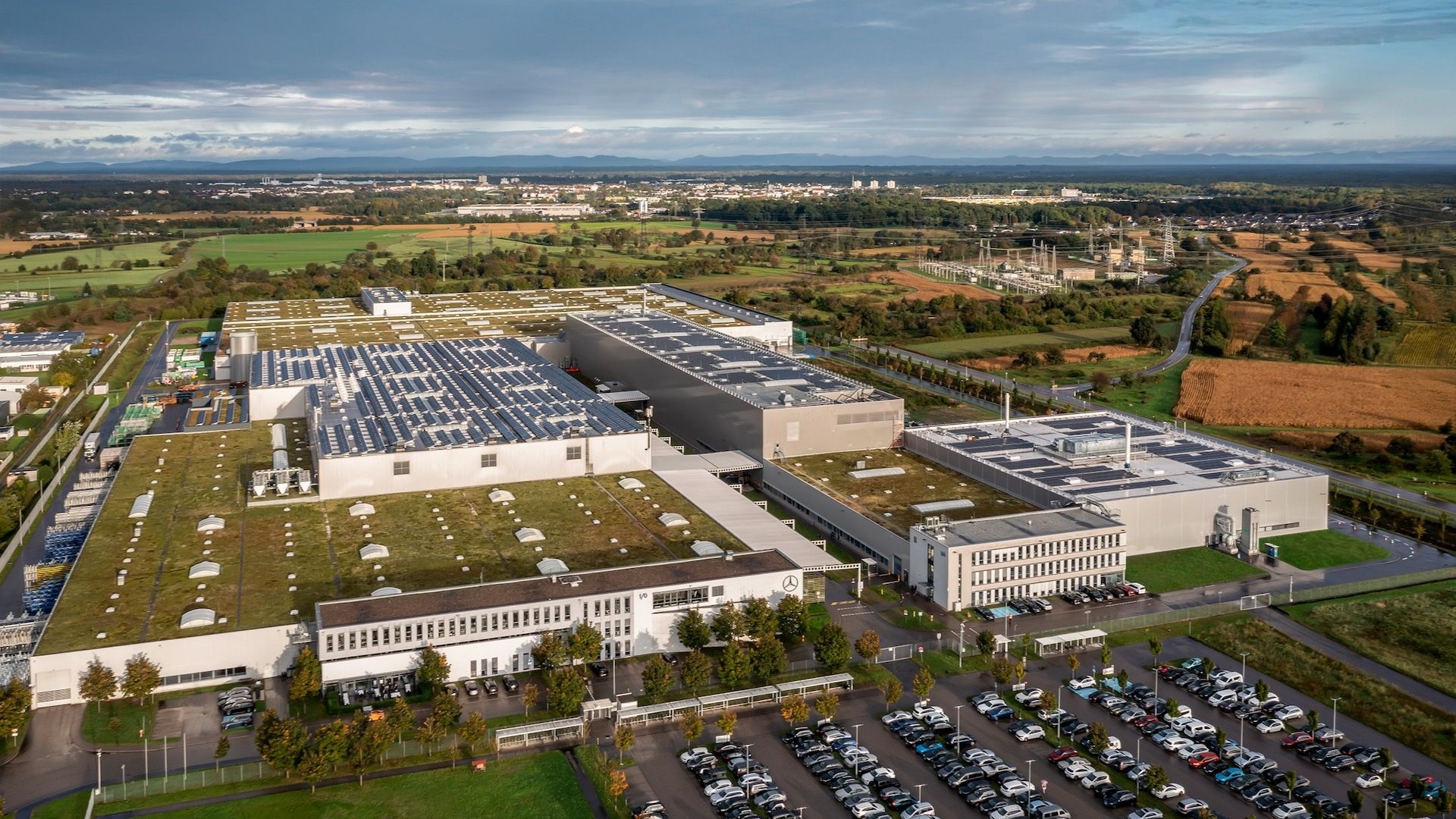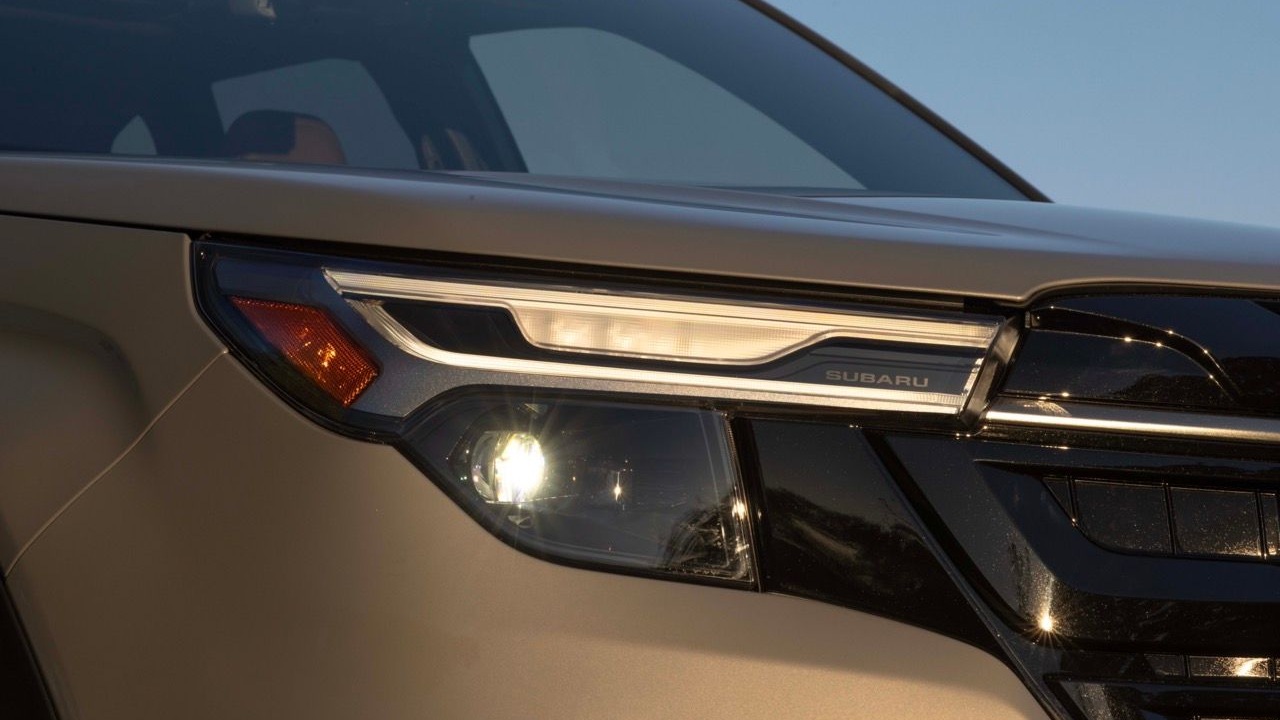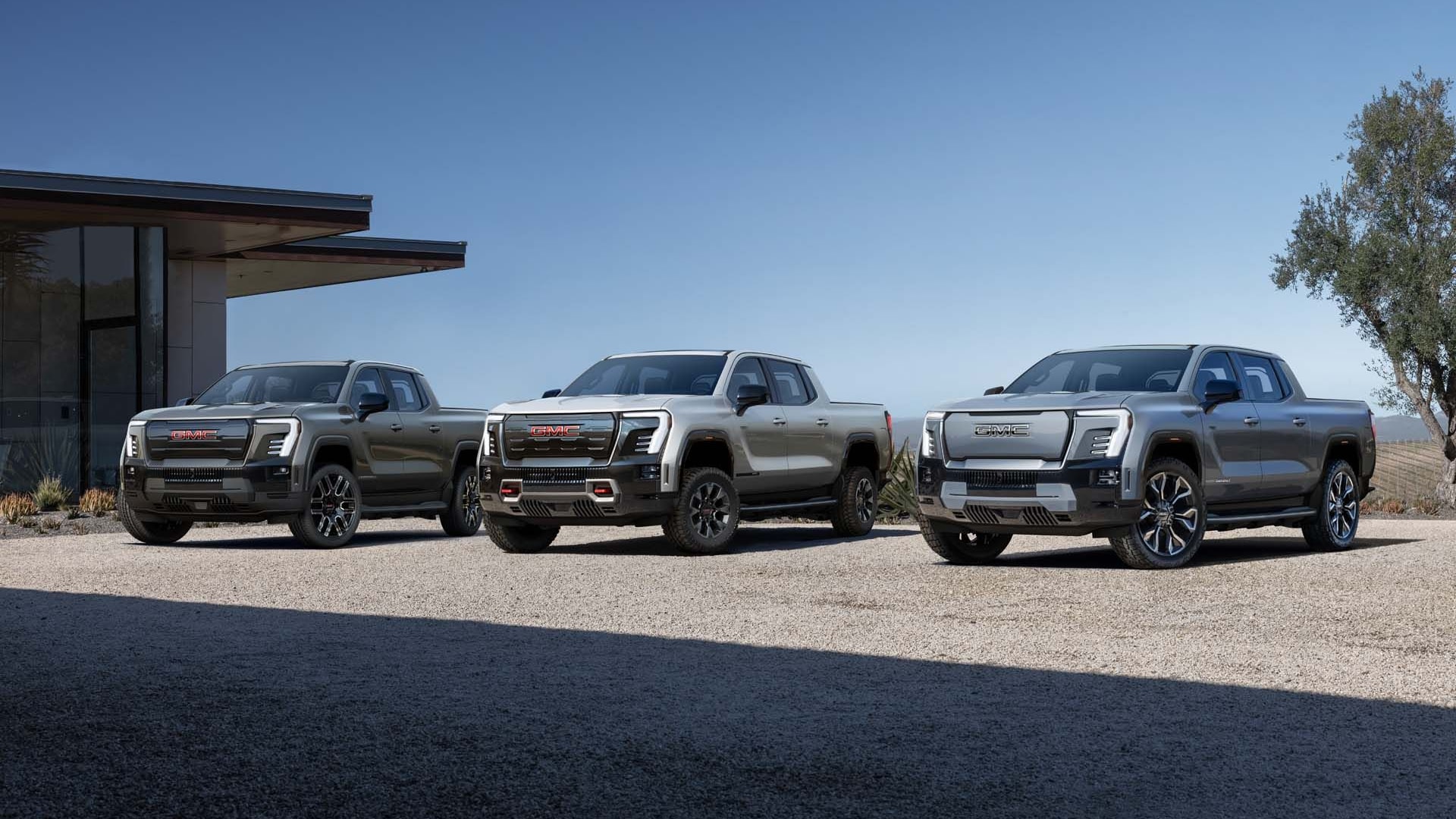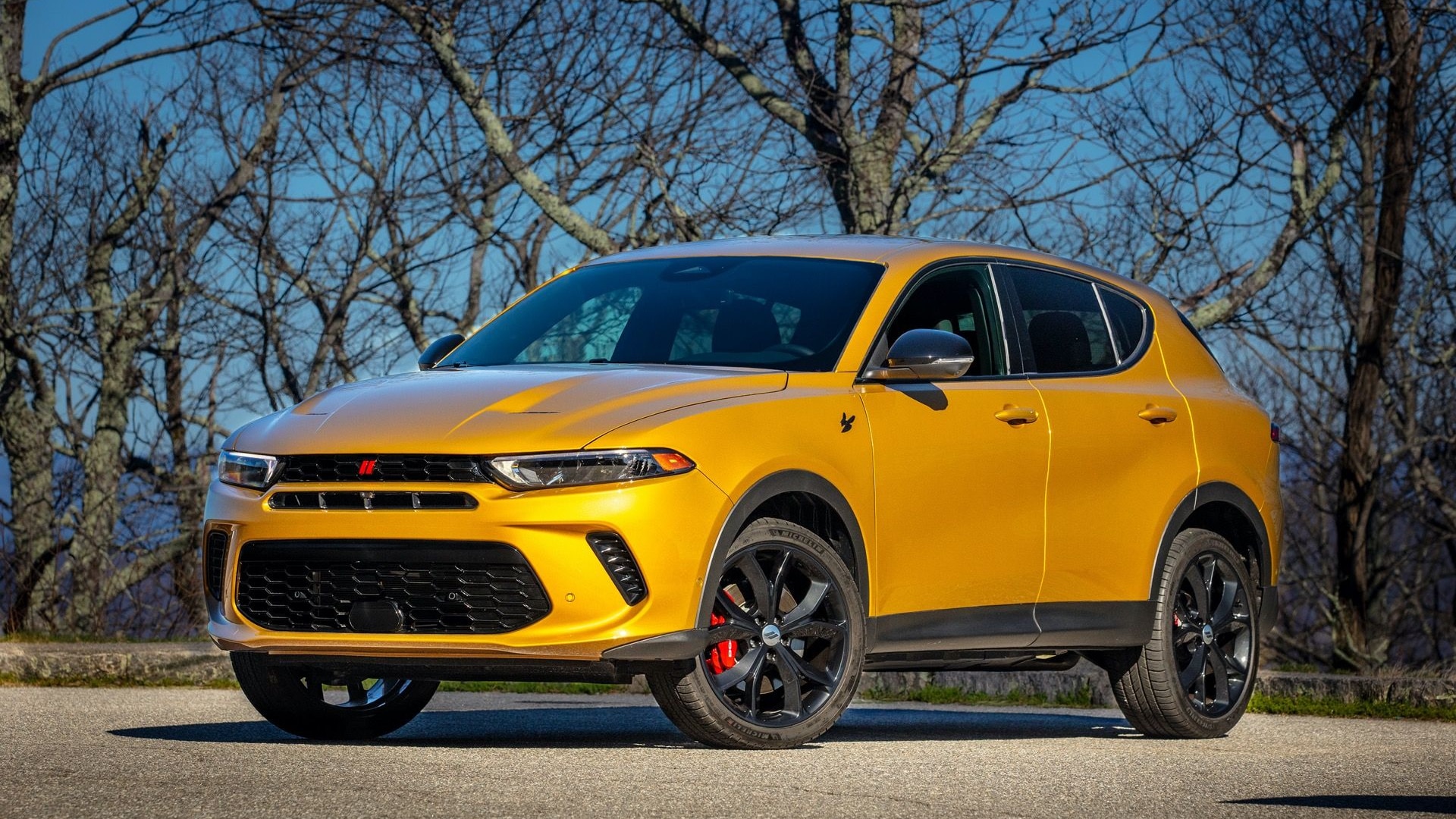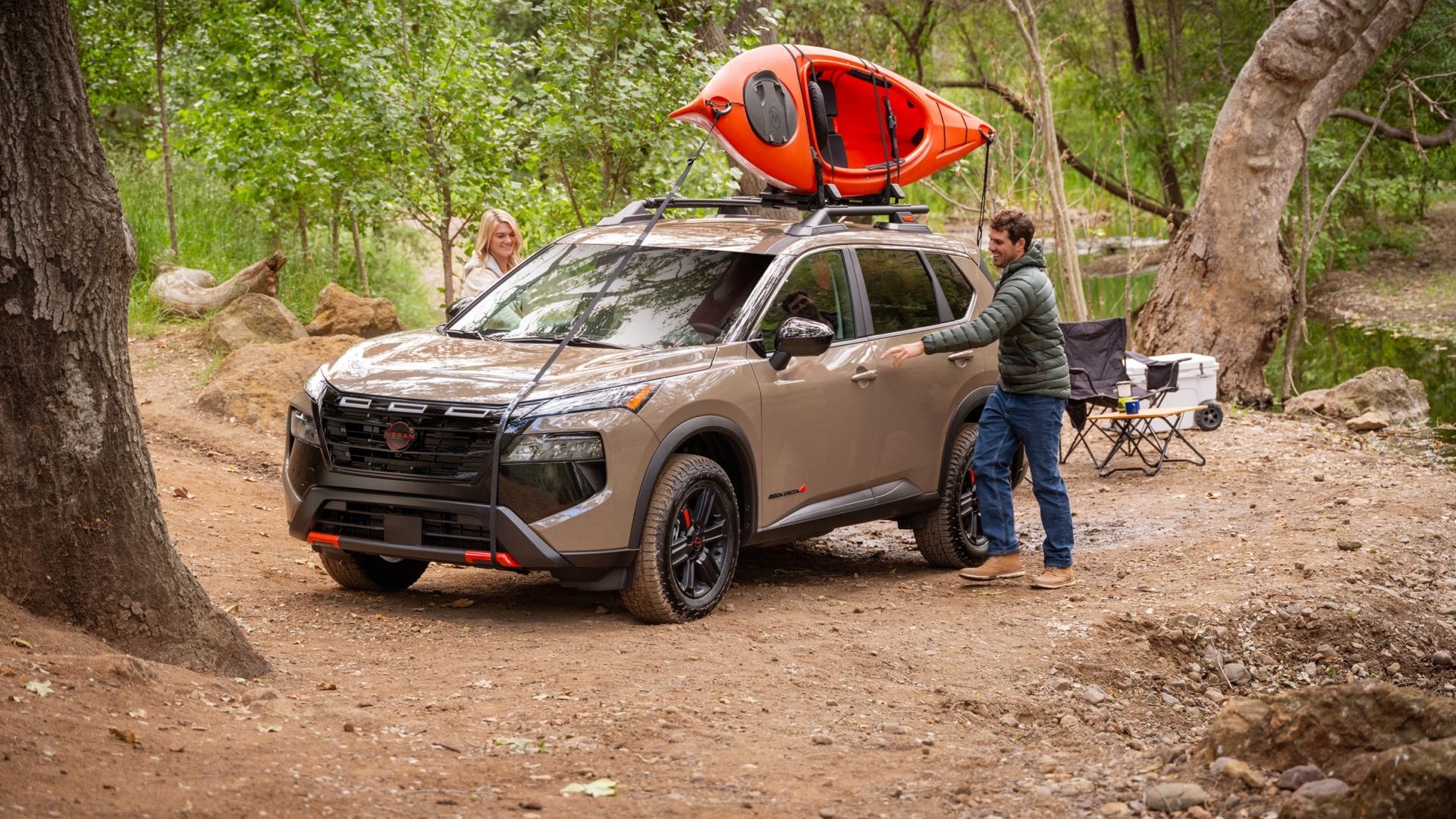You know that old saying about the pioneers being the ones with the arrows in their backs? Tell that to California drivers, who pay the highest prices for gasoline in the nation outside of Hawaii (which has to ship all its gasoline to the islands in tankers).
The problem has grown particularly bad in the last few weeks due to a combination of bad luck, seasonal changeover, and refinery maintenance.
30 cents more a gallon
In general, Californians pay 25 to 30 cents more per gallon than the U.S. national average, which is currently about $2.50. Much of that difference comes from higher state gasoline taxes, currently 59 cents per gallon.
But in recent weeks, the price difference grew to as much as 60 cents per gallon: In late September, when the national average price was $2,54, Californians averaged $3.14.
Special blend
Since 1996, the California Air Resources Board has also required special blends of gasoline, sold only within the state's borders, to fight air pollution above and beyond national limits.
Analysts say those blends cost 5 to 15 cents per gallon more to refine.
Those blends are made only by a handful of oil refineries, and no other state adopted the California blends. So the state is essentially captive to the smooth operation of just a few refineries.

California kicked out of court in suit against car makers

California is America's car theft capital
Risk factor: Hiccups
When they go down for maintenance, or even have production hiccups that reduce output slightly, gasoline supplies get tight and the price rises.
As the price rises, so does California's gasoline tax, which is keyed to base price--meaning any price rise is exacerbated at the pump.
Grumbling about collusion
Every time that happens, Californians grumble about collusion among the oil companies that own those few refineries.
But as the San Francisco Chronicle notes, "A parade of politicians and bureaucrats has investigated the refining business over the years without proving illegal price manipulation."
Paying up
So by and large, Californians grumble and pay up. Given the smog in the Los Angeles Basin that led to establishment of the nation's first auto-emissions standards--well before the 1970 establishment of the Clean Air Act--perhaps it's understandable.
But that doesn't mean the state's residents have to like it.

California's carbon-reduction plans survive carmakers' attacks

